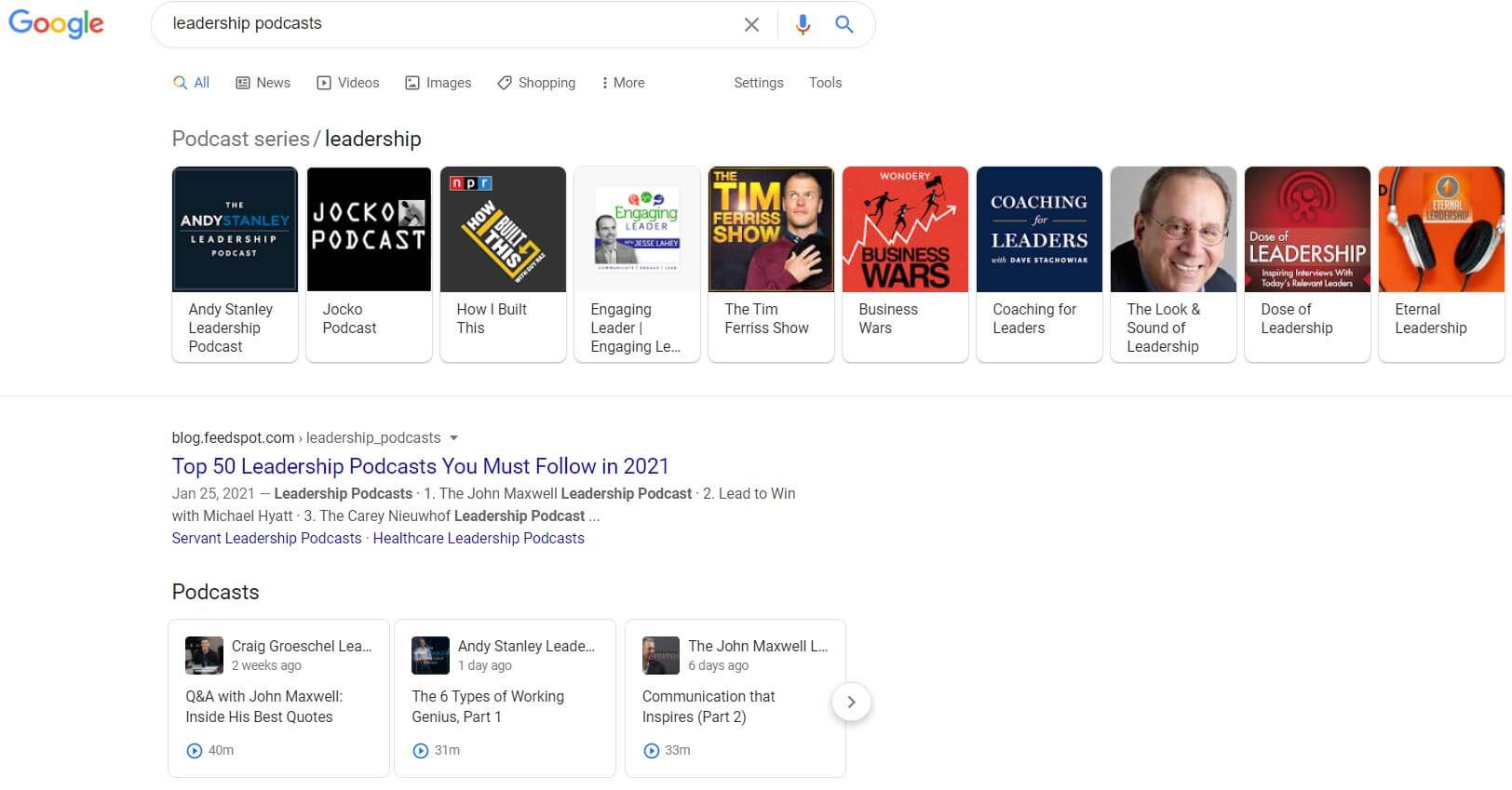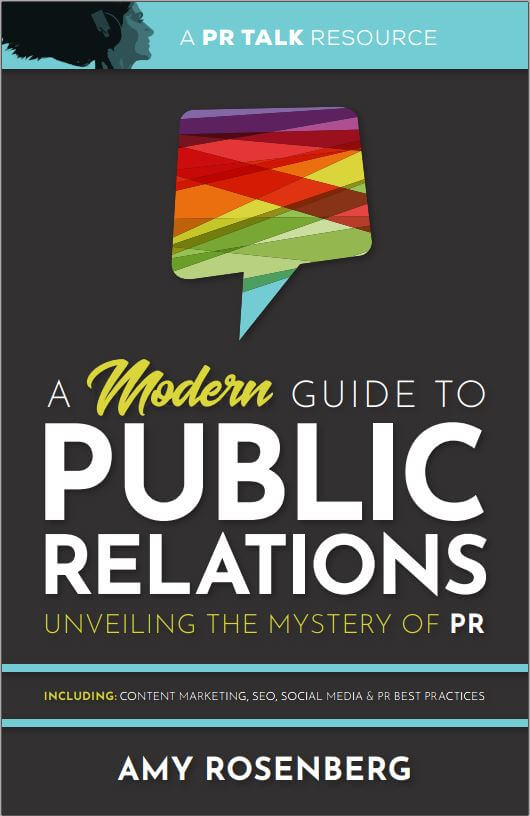Digital PR: It’s About More Than SEO
The modern idea of public relations (PR) developed in response to the rapid growth of mass media in the early 20th century. Pioneering practitioners like Ivy Lee, Edward L. Bernays and Betsy Plank were among the first to recognize the benefits of using the media to deliver precise and truthful corporate messages. As the media evolved over the years from print to radio to television and beyond, PR professionals have adjusted their tactics to stay effective. Regardless of the medium, however, the goal remains the same: to elevate the client’s public position.
On the other side of the coin, search engine optimization (SEO) as an industry is relatively new. It started around the early 2000s and has evolved rather quickly. My start in the world of search engine marketing was in 2007 and the only “PR” activities SEOs did was maybe using a press release distribution service to get lots of spammy links. However, the SEO’s goal remains the same as well: to elevate the client’s search engine [Google] position.
What is Digital PR?
As our activities continue moving online, PR practitioners have responded with new tactics that take their traditional techniques a step further. Called Digital PR or SEO PR, this approach raises a client’s position online by targeting outlets and opportunities beyond conventional media. Some assume that Digital PR is just another term for link building. While this technique is certainly one tactic in the arsenal, that narrow view often ignores the holistic strategy directing a PR professional’s outreach efforts. When done well, Digital PR not only improves a company’s SEO presence but also increases brand mentions and exposure.
Digital PR Tactics
Traditional PR focuses on media relations and outreach efforts to secure coverage for their clients (or organization for in-house efforts). Historically, these outlets included mostly print publications along with television and radio broadcasters. Digital PR still focuses on traditional media, using the tried and true PR techniques developed over generations. But, the work doesn’t stop there. Instead, Digital PR practitioners also look for other opportunities that didn’t exist ten, twenty or thirty years ago, and broaden their focus outside of traditional media to include targets like bloggers, podcasters and other influencers. These outreach tactics all converge under a broader PR strategy, developed to meet the client’s overarching goals.
Link Building
Every PR professional builds a media list to prioritize and track their outreach efforts. With a traditional campaign, media opportunities might be ranked by the type of audience or the size of an outlet’s reach. Digital PR campaigns use the same techniques but also include other online metrics — like a link opportunity and the authority of a website — to help judge an outlet’s value. Under this strategy, domain authority, follow vs. no-follow links and even body vs. bio links become critical considerations. Depending on the campaign goals, the right link could be the main priority and will, in turn, shape the outlets you pursue. Often, this leads PR professionals to uncover valuable opportunities that lie beyond traditional media outlets.
Content Marketing
Content marketing is another tactic that PR practitioners use to target media opportunities. By creating articles, videos, infographics and other assets around a strategic topic, PR professionals offer the media pre-packaged content in the hopes of receiving something of value for their clients in return, like a link or a mention. Even if the content isn’t picked up through an earned media opportunity, these assets are also valuable tools for owned media channels like social media, email or a corporate website. If a piece of content is being shared in one way or another, there’s value there.
Podcasts
Over the past ten or fifteen years, podcasts have grown from a niche product into a significant media category. More people are starting their own podcasts every day, which means there’s a tremendous ongoing demand for content. Digital PR professionals leverage podcast opportunities in several different ways. Companies can reach large, new audiences by having their people appear as podcast guests. Additionally, there are often link opportunities associated with podcasts that make some shows more valuable than others. Google is also now indexing and featuring podcast content, which makes these shows a critical component of every digital media list.

Google search results feature podcasts and specific episodes.
Events
Events have long been the domain of traditional PR practitioners. In this context, media outreach usually takes the form of interviews or profiles in trade publications. As always, Digital PR seeks out additional online opportunities that will add value to these already valuable events. For example, during a tradeshow, there may be openings to collaborate with strategic partners or customers. Other times, it could be an often-overlooked activity like filling out the company’s online event profile with SEO or link-building practices in mind. In any event, a Digital PR strategy takes advantage of every avenue that will extend the life of these limited-duration events.
Sponsorships
Many companies actively seek out opportunities to give back to their community by partnering with nonprofit organizations. Digital PR professionals can help their clients evaluate these organizations in several different ways:
- Does the organization share the client’s values or goals?
- Will the organization be a good partner?
- What kind of digital assets is the organization bringing to the table?
Rather than just spending money, Digital PR strategies can help leverage the online elements of a sponsorship agreement to deliver maximum exposure for clients.
A Unified Strategy Guides Everything
In the end, Digital PR is not so different from what early practitioners pioneered all those years ago. It’s still about elevating your client’s public position using clear and transparent messaging. But in this case, a client’s public position might also include their search engine results page listing. That’s why every modern PR strategy should prioritize online opportunities and employ the digital tactics necessary to achieve campaign success on every possible front. Otherwise, clients won’t realize all the potential value from their PR efforts.
(I just love that image of Marty Weintraub at SearchFest. An internet marketer holding up the results of some very traditional print PR work.)









